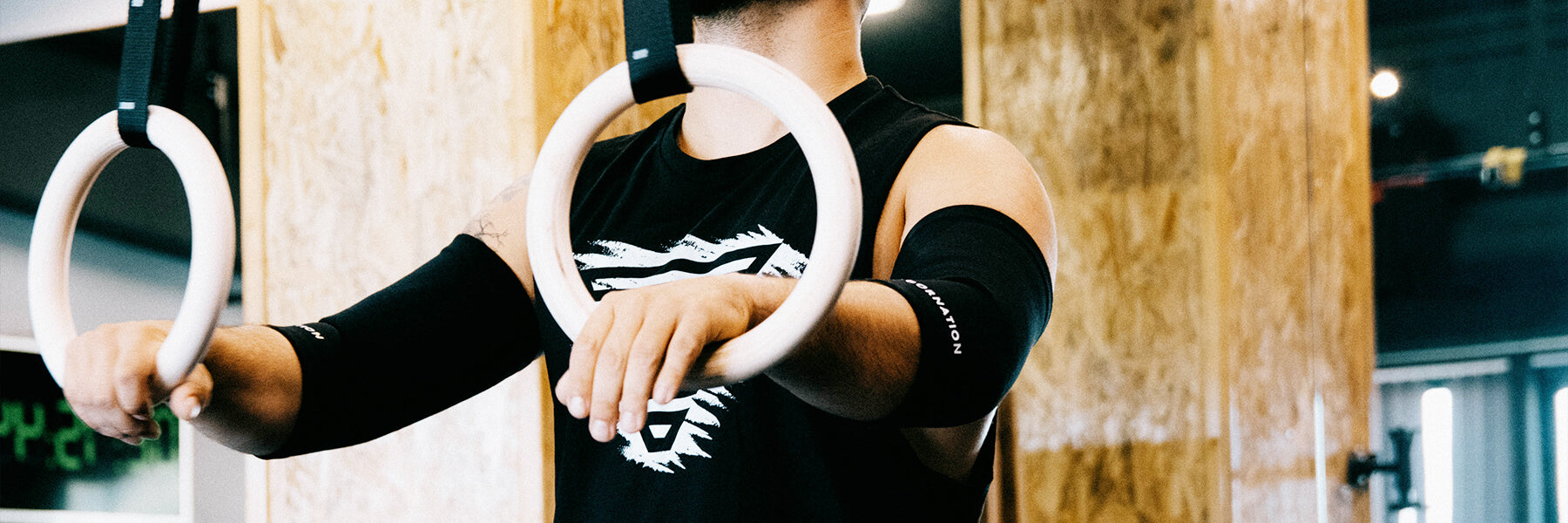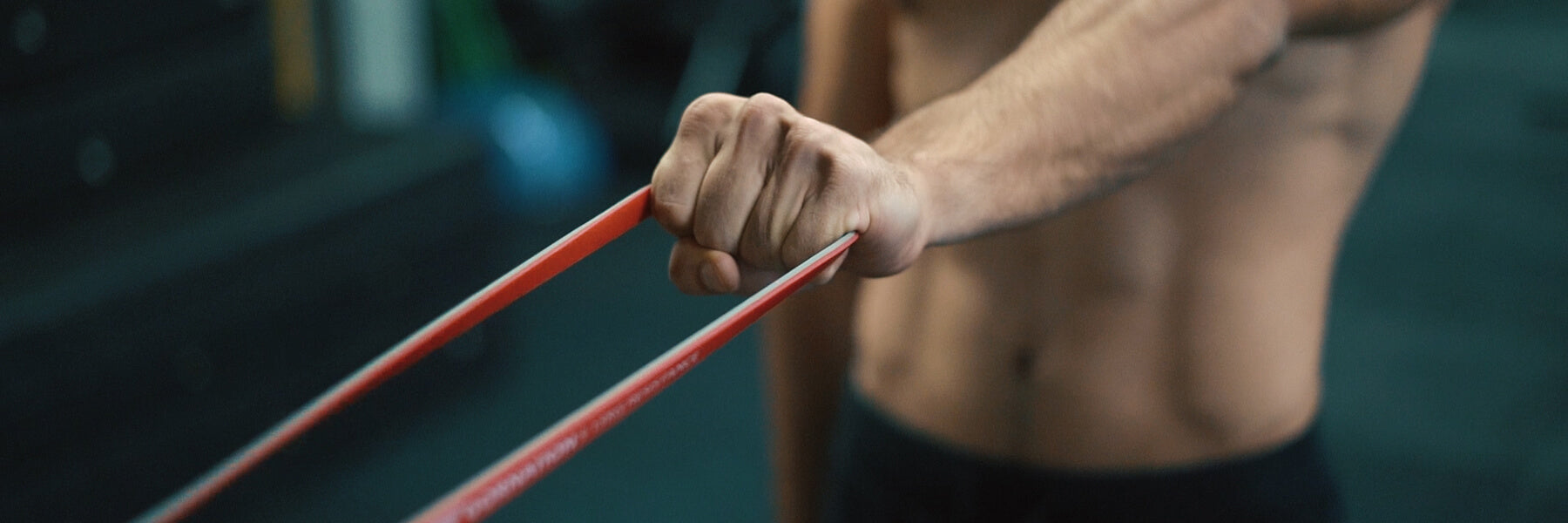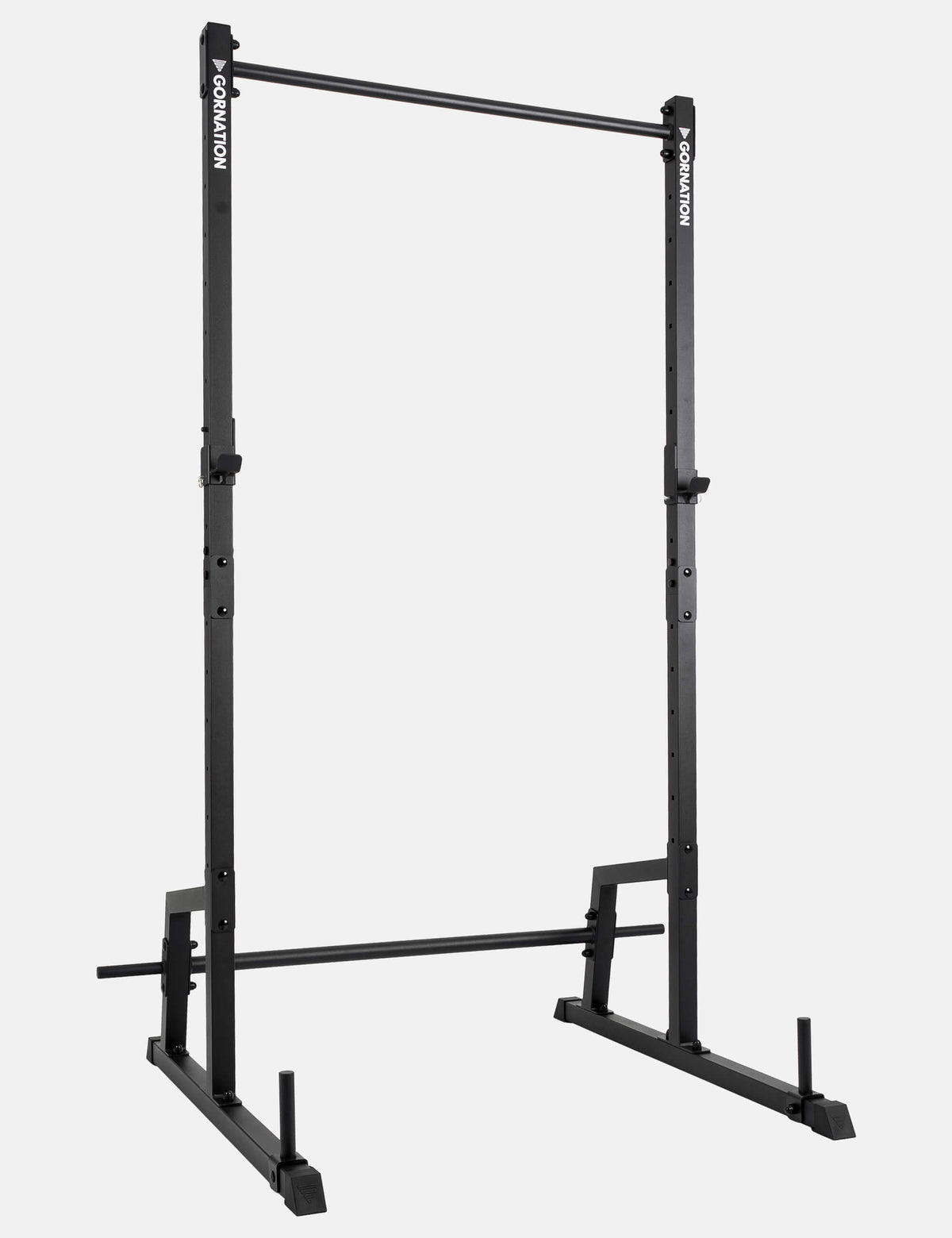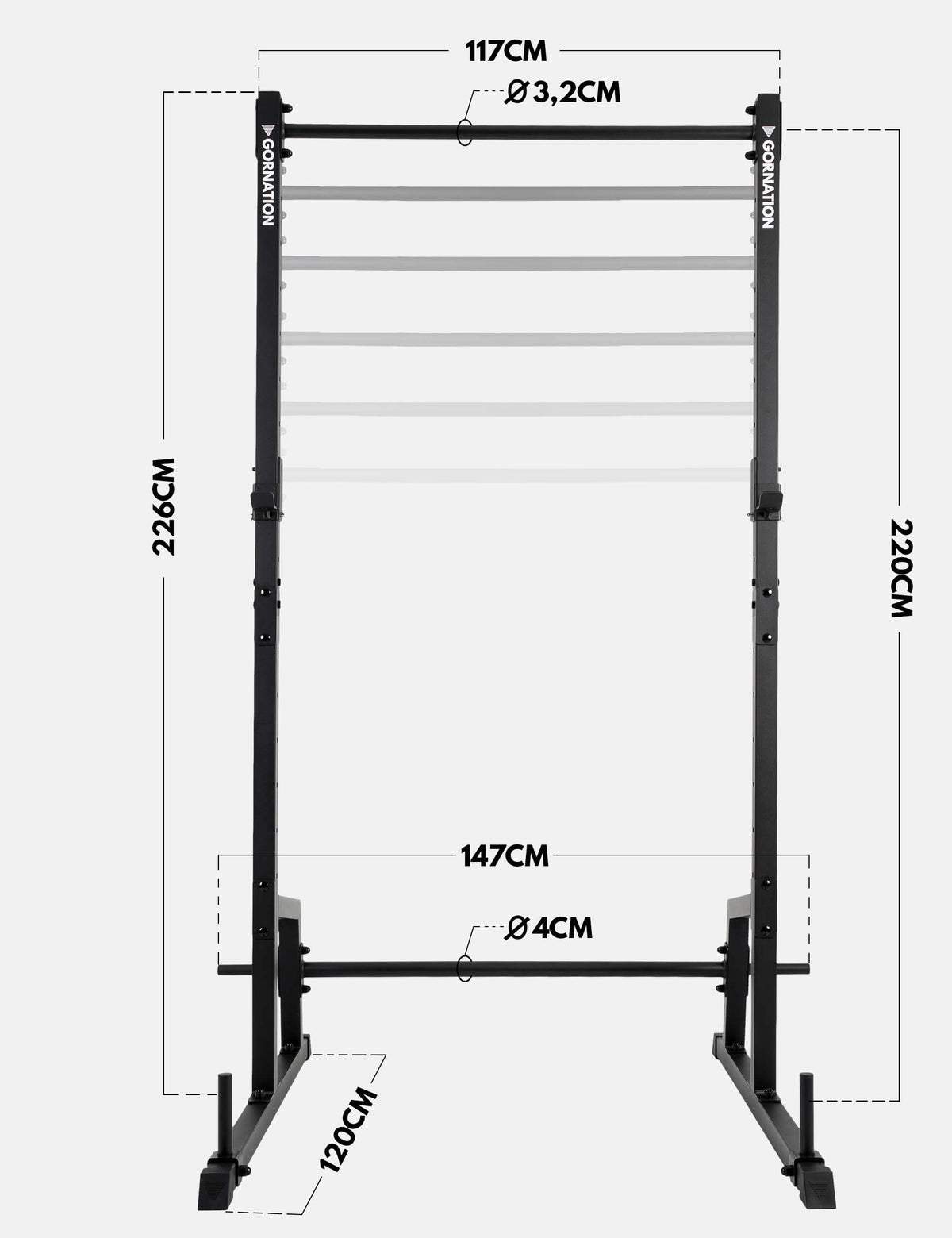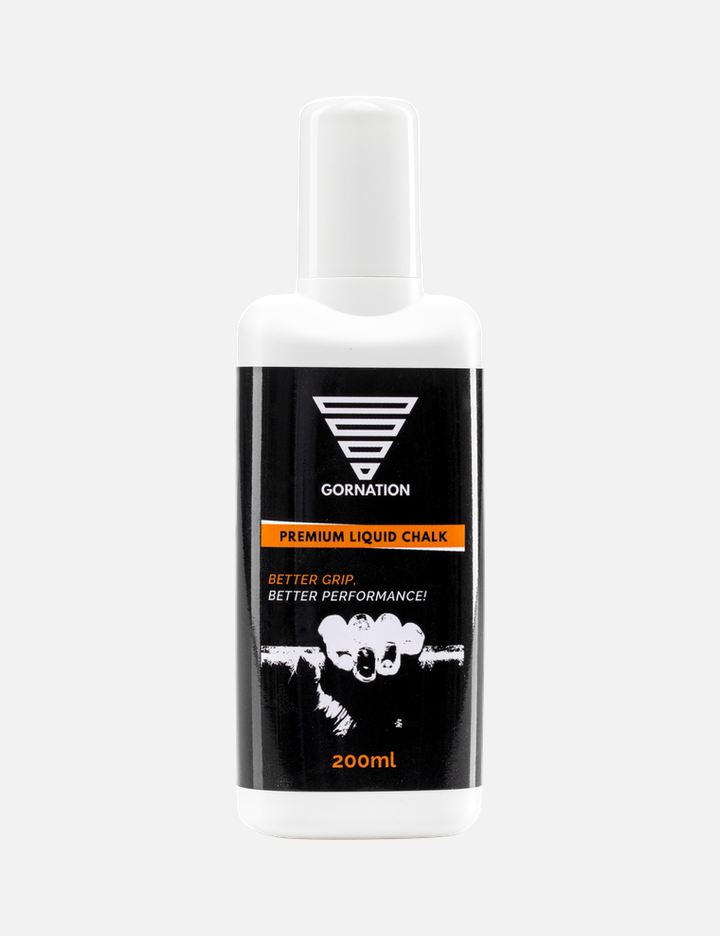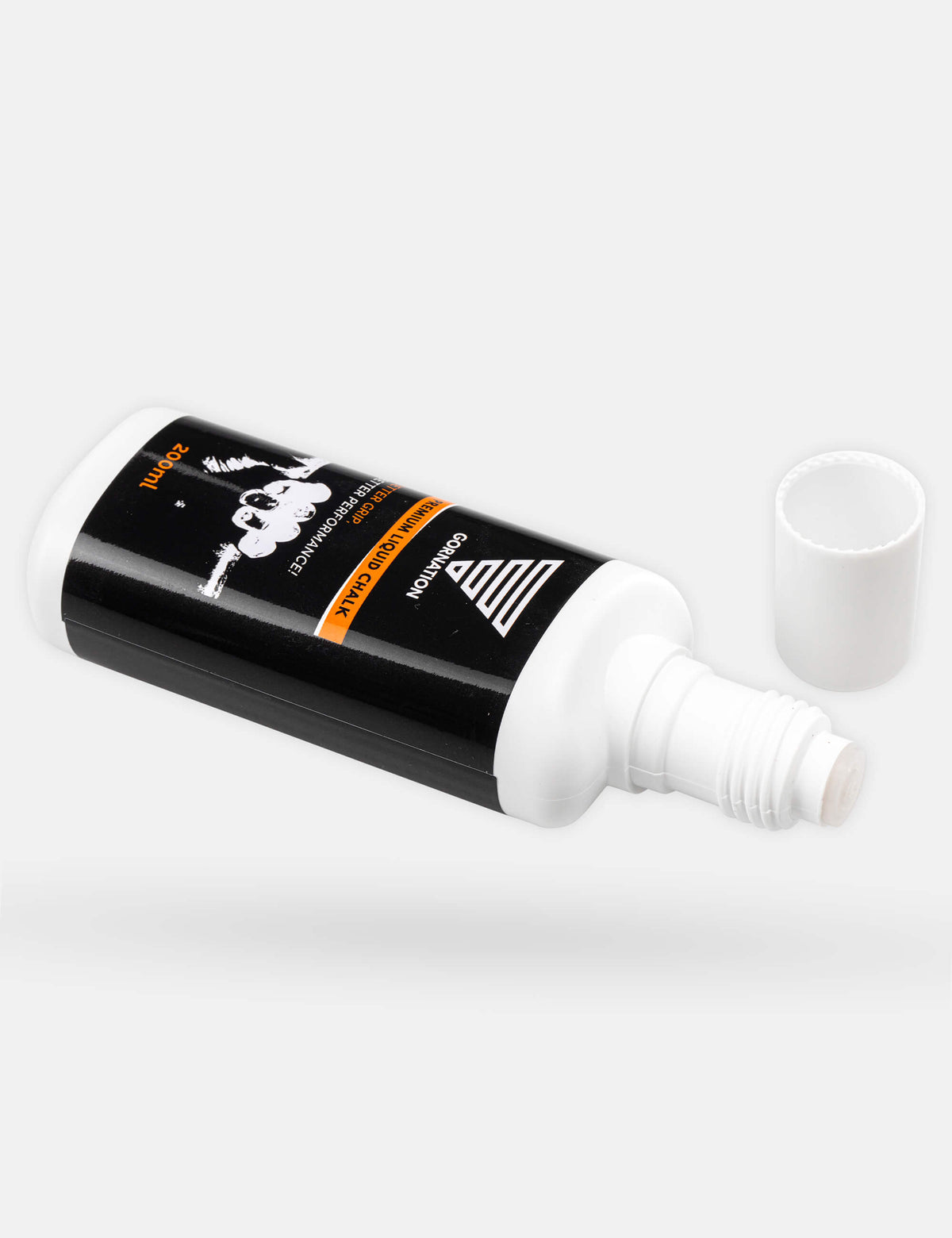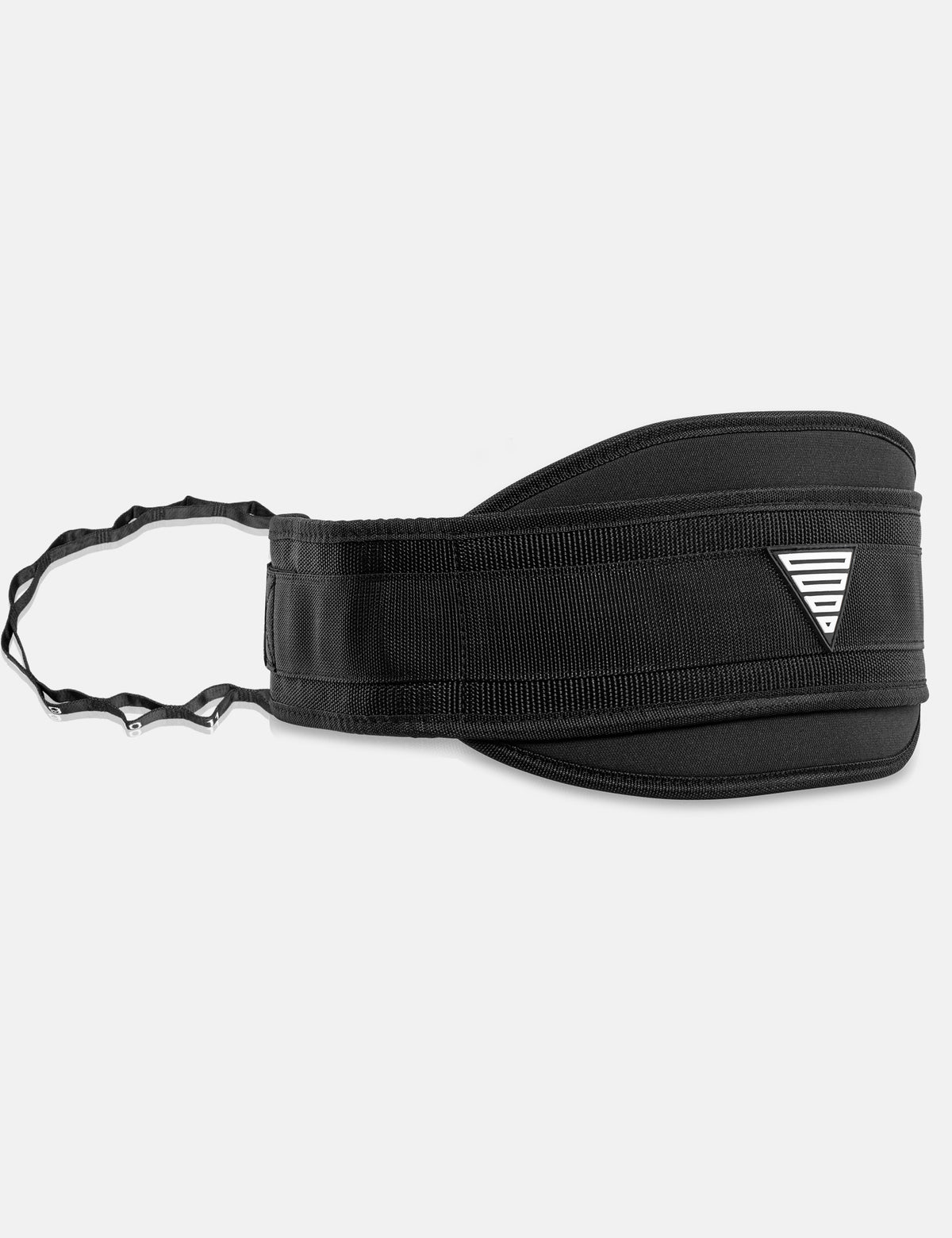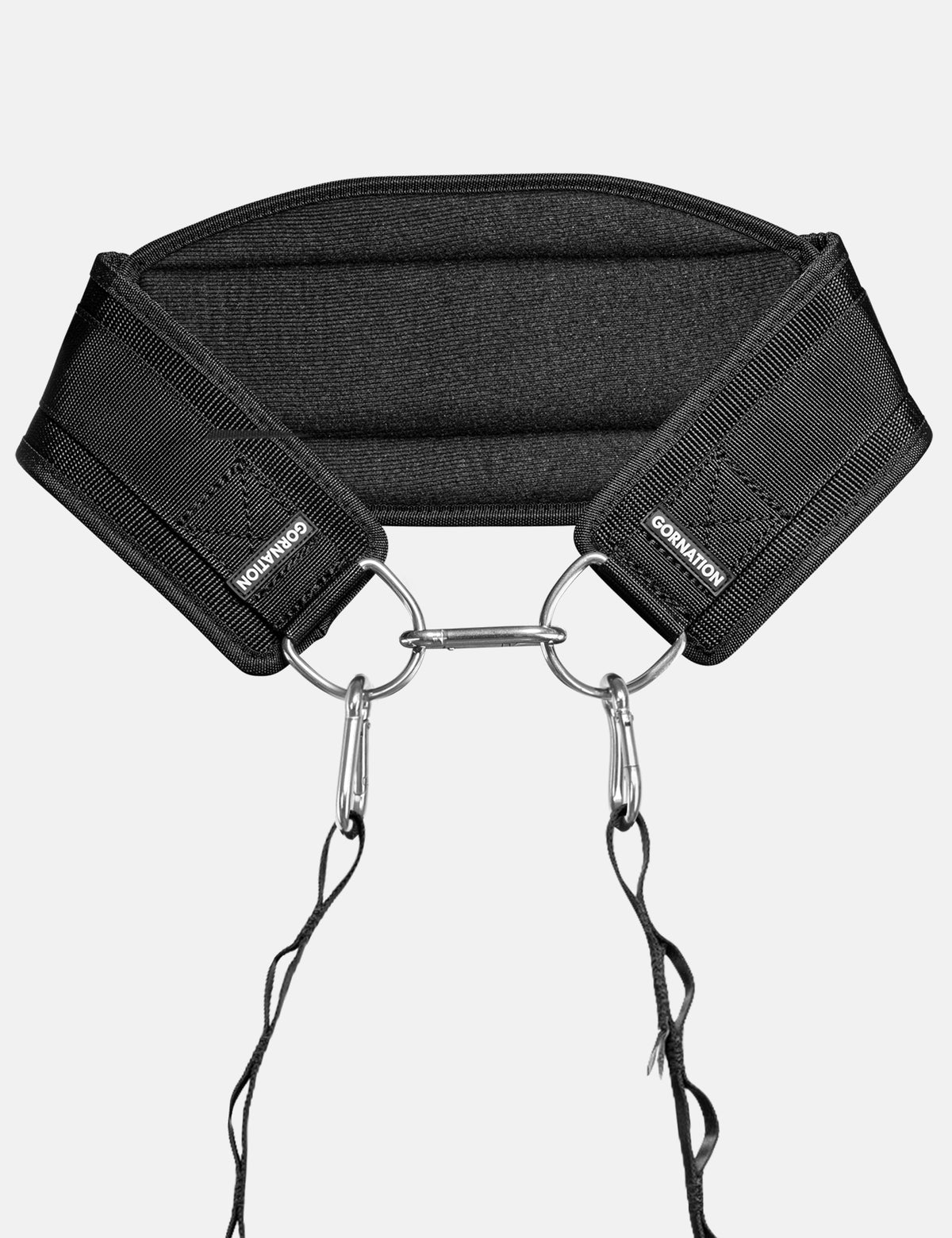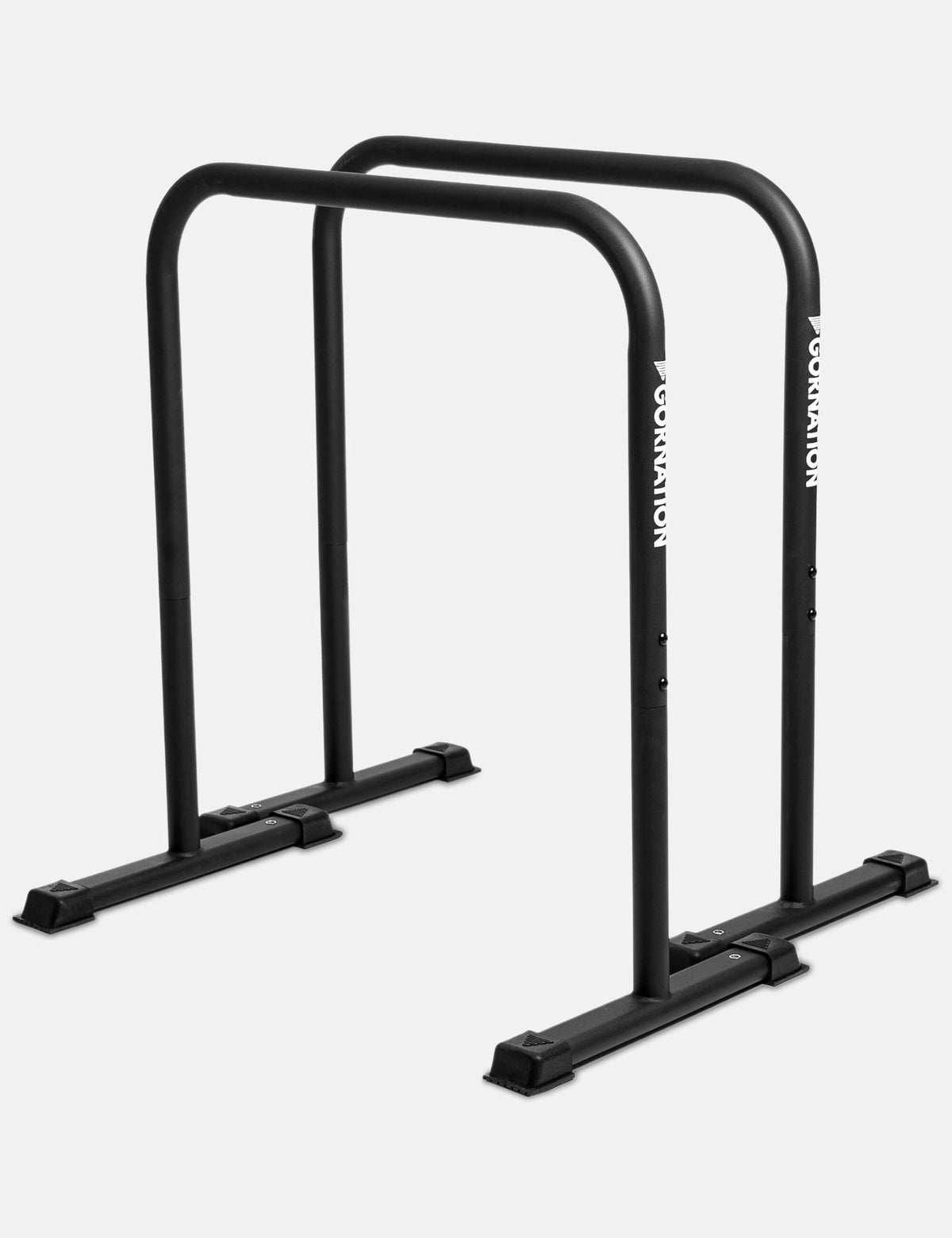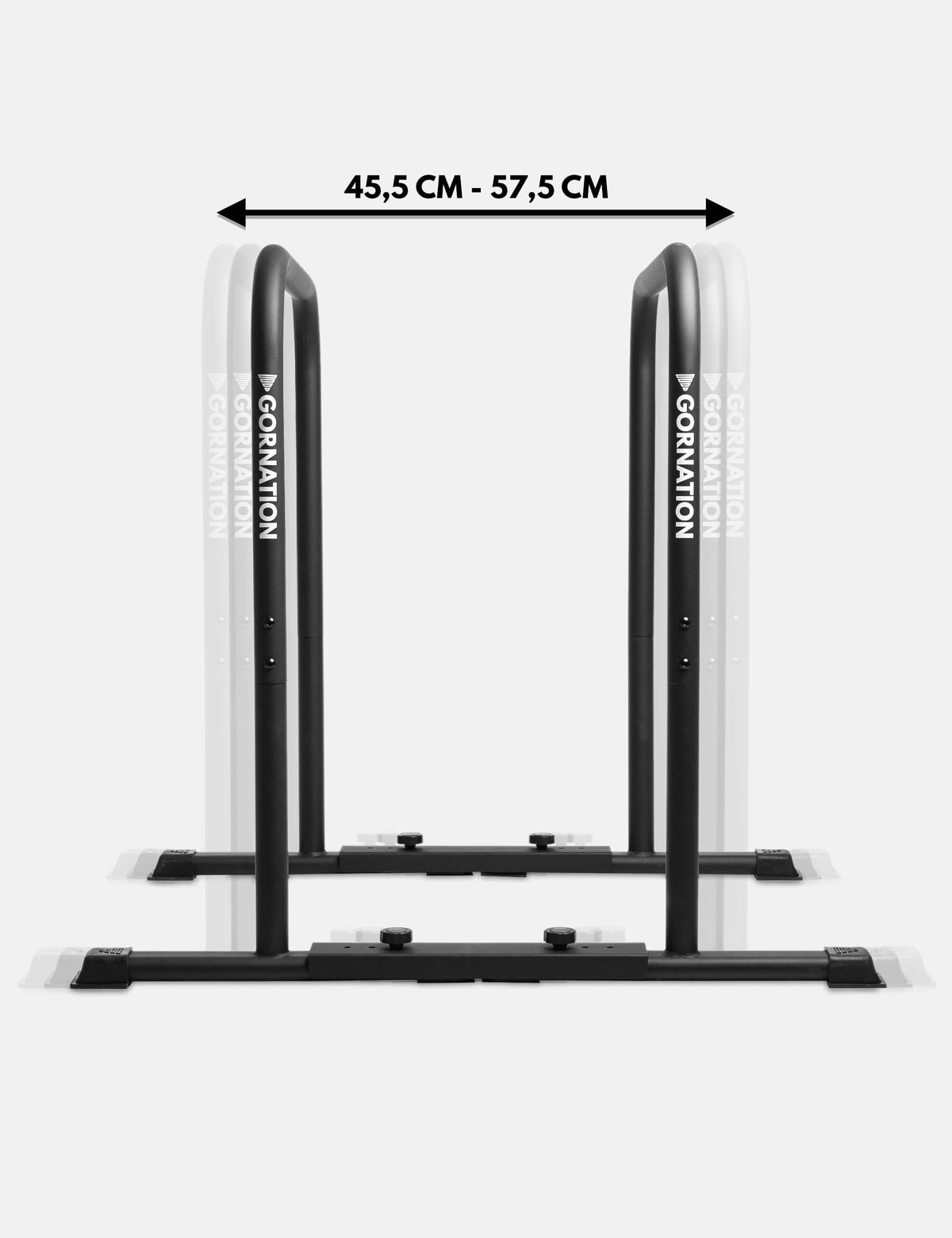Top 5 Most useful equipment for learning Planche
Planche is one of the most desired and yet challenging skills in calisthenics. It requires significant shoulder, core and straight arm strength to perform, as well as tendon and joint conditioning. If you’re feeling stuck on your journey, or are looking to take your planche training to the next level, certain equipment might be what you need to help you make more progress.
Bonus Tip: If you’re looking for even more advice on planche training, check out the following podcast episodes with Lena Limoli and Kay-P Cruz on our YouTube channel, along with lots more!
1. Parallettes
Planche can be performed on different surfaces. If you’ve been training your planche on the floor, it might be worth trying to use parallettes, especially if you’ve encountered wrist pain during your sessions. For some athletes, performing a planche on parallettes is easier, as it offers you a neutral position for your wrists, and more contraction in your arms due to the grip. Training planche parallettes might be able to bridge that gap for you, and accelerate your progress.
We also have a blog article with different exercises on parallettes.

2. Resistance Bands
Resistance bands are useful for countless exercises and applications in training. Specifically with planche, bands can be used to reduce the load and make performing certain holds easier for you. Tie the resistance band of your choice to the bar, and put the loop around your waist. This will support you and provide assistance, and help you understand what the planche feels like and what muscles to activate. It will also help you to increase your time in the position. All of which will result in more progress. As you get stronger, you will be able to use a lighter resistance band, and scale the difficulty to your level.

3. Wrist Wraps
Many athletes experience wrist pain and injuries from training planche. This is unfortunate, as it can stagnate your training, and force you to take long breaks. While obviously warming up and stretching your wrists is something you should be doing, another simple way to mitigate these wrist related issues is to use Wrist Wraps. Wrist Wraps offer you firmness and support around your wrists, so you don’t need to worry about always having pain there when you train. These will also come in use when doing any kinds of pushing exercises or handstands, for example. There are 3 kinds of Wrist Wraps with varying levels of support and mobility. Check them out, and consider using Wrist Wraps to help you make faster planche progress.

4. Sleeves
Similarly to wrists, your elbow joints, biceps, and even forearms can be put under a lot of strain during planche training. Especially if you’re training outdoors in the winter months, a cold temperature can increase your risk of injury and developing pain in your arms. Sleeves are a great solution for this, as they provide you with both compression and warmth for your arms and joints. This can significantly help mitigate the chances of having to take breaks from your training and overall make you feel much more sturdy, comfortable, and confident during your planche workouts. There are 2 kinds of sleeves: the Elbow Sleeves and Arm Sleeves, which are of varying lengths and can be optimal for different situations and preferences.

5. Liquid Chalk
When training the planche, especially on parallettes or rings, some athletes find that grip can be an issue. Sometimes the surfaces can be slippery, leading to a compromise on grip strength and general power output. Liquid Chalk is the ultimate solution to this problem, as it provides you with a significantly stronger grip. This piece of equipment is generally very useful, as it can also be applied to pulling exercise and skills, such as pull-ups and front levers. The major benefit of liquid chalk is that it is very easy to apply, permitted in most gyms, and doesn’t make a mess like ordinary chalk. If you’ve never used chalk, and you’ve been experience a slippery grip during your planche sessions, then consider trying it and seeing the benefits for yourself.




